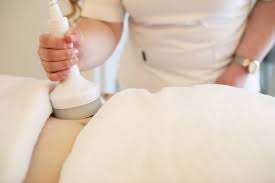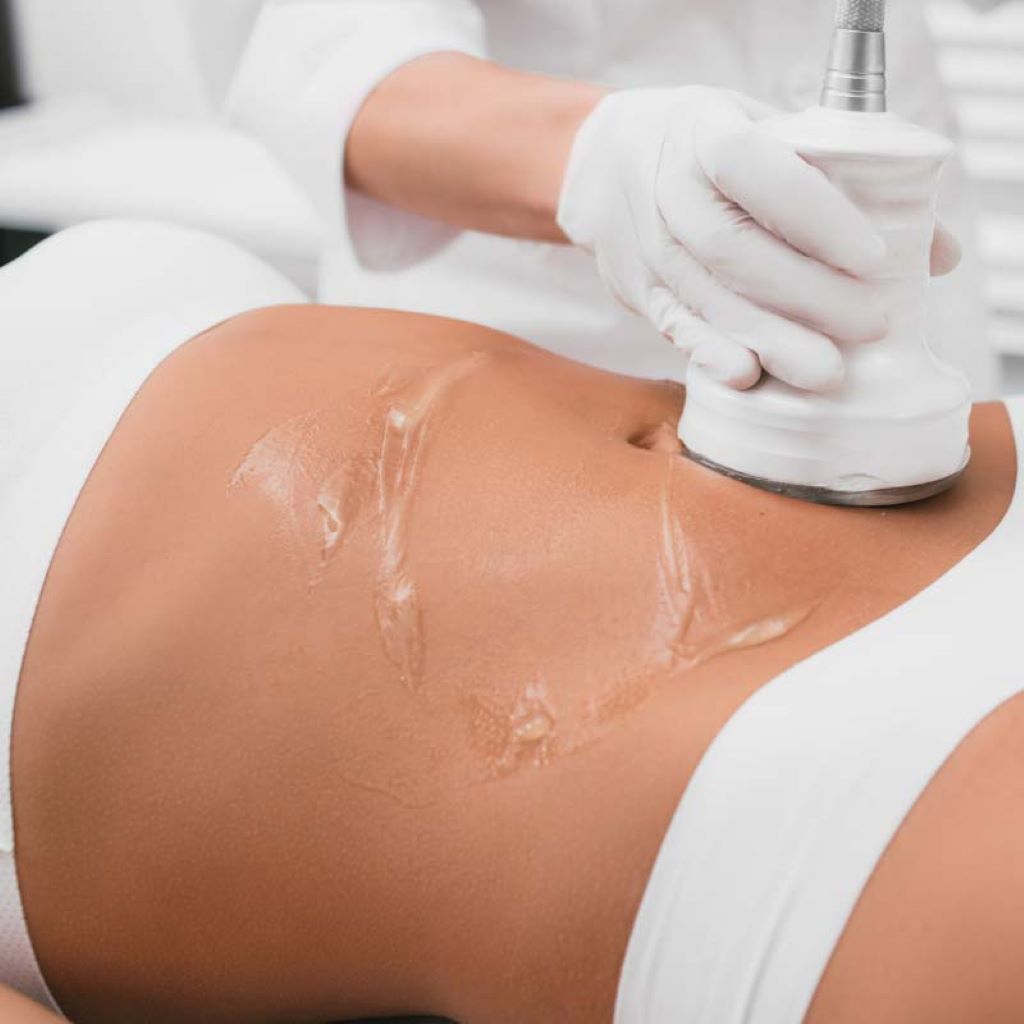
15 Oct What Frequency is Cavitation
Cavitation is a phenomenon that occurs when bubbles or voids are formed in a liquid due to pressure changes. This can happen naturally, such as in the ocean where waves create low-pressure areas, resulting in tiny air bubbles forming and then collapsing. It can also be created artificially, for example, in industrial processes like water treatment or ultrasonic cleaning.
But what exactly is the frequency of cavitation and how does it affect this phenomenon? In this article, we’ll dive deeper into the world of cavitation and explore its frequency.
Understanding Cavitation
To fully understand the concept of cavitation, let’s start with a basic definition. As mentioned earlier, cavitation occurs when bubbles or voids are formed in a liquid due to pressure changes. This can happen when a liquid is subjected to low pressure, causing the dissolved gases in the liquid to come out of solution and form bubbles.
In engineering terms, cavitation is defined as the formation of vapor bubbles in a flowing liquid due to local pressure drops below the saturated vapor pressure of the liquid. These bubbles then collapse or implode under higher pressures, creating tiny shockwaves that can cause damage to surrounding surfaces.
Do at home cavitation machines work? If you’re curious to learn more about cavitation at home, check out this article: https://www.webmagazinetoday.com/cavitation-at-home/.
Frequency of Cavitation
The frequency of cavitation refers to the number of times this phenomenon occurs in a given time interval. In other words, it is the rate at which bubbles form and collapse in a liquid due to pressure changes. This frequency is measured in hertz (Hz), which represents the number of cycles per second.
The frequency of cavitation can vary depending on the type of liquid, its temperature, and the surrounding pressure. Generally, the higher the frequency of cavitation, the more severe its effects can be. However, it is worth noting that even at lower frequencies, cavitation can still cause damage if it occurs in sensitive areas.

Factors Affecting Cavitation Frequency
As mentioned earlier, the frequency of cavitation can be affected by various factors. These include:
- Liquid properties: The type of liquid and its temperature can significantly impact the formation and collapse of bubbles, thereby affecting the frequency of cavitation.
- Pressure changes: As mentioned earlier, pressure changes are a key factor in creating cavitation. Higher pressure differences can lead to a higher frequency of cavitation.
- Flow rate: The speed at which the liquid is flowing can also impact the frequency of cavitation. Higher flow rates can increase the chances of cavitation occurring.
Applications of Cavitation
Cavitation has various industrial and scientific applications, thanks to its powerful effects. Some common uses include:
- Cleaning: The shockwaves created by collapsing bubbles are excellent at removing dirt and contaminants from surfaces. This is why cavitation is used in ultrasonic cleaning machines.
- Water treatment: The shockwaves created by cavitation can also break down certain pollutants and bacteria, making it useful in water treatment processes.
- Medical imaging: In medical imaging, a contrast agent containing microbubbles is injected into the bloodstream to enhance images of blood vessels.
- Cutting and machining: The high-pressure shockwaves produced by cavitation can be used to cut or shape materials like metals and ceramics.
FAQs
Q: Can cavitation occur in gases?
Yes, while cavitation is most commonly associated with liquids, it can also occur in gases under certain conditions.
Q: Is cavitation harmful to humans?
Cavitation can be harmful to humans if it occurs in sensitive areas, such as the eyes or ears. However, in most cases, it is not dangerous.
Q: Can cavitation be controlled?
Yes, cavitation can be controlled by adjusting the liquid properties and pressure conditions. Special coatings can also be applied to surfaces to reduce the effects of cavitation.
Q: How does cavitation affect marine animals?
Cavitation can be harmful to marine animals if it occurs in their habitats, such as oceans or rivers. The shockwaves created by collapsing bubbles can cause damage to their sensory organs.
Q: Is there a way to prevent cavitation from occurring in machines?
Yes, proper maintenance and design of machinery can help prevent cavitation from occurring. This includes keeping liquids at the correct temperature and ensuring proper flow rates and pressure conditions.
Conclusion
The frequency of cavitation refers to the rate at which bubbles form and collapse in a liquid due to pressure changes. It can be affected by various factors such as liquid properties, pressure changes, and flow rates. Cavitation has many applications in different industries, and while it can be harmful in some cases, it can also be controlled and used for beneficial purposes. Cycling, as a form of exercise, can significantly contribute to weight loss by increasing calorie expenditure and promoting fat burning; just as cavitation can be harnessed for various beneficial purposes, its impact on weight loss is influenced by factors like liquid properties, pressure changes, and flow rates. By understanding the frequency of cavitation, we can better manage its effects and utilize its potential in various fields.

Sorry, the comment form is closed at this time.